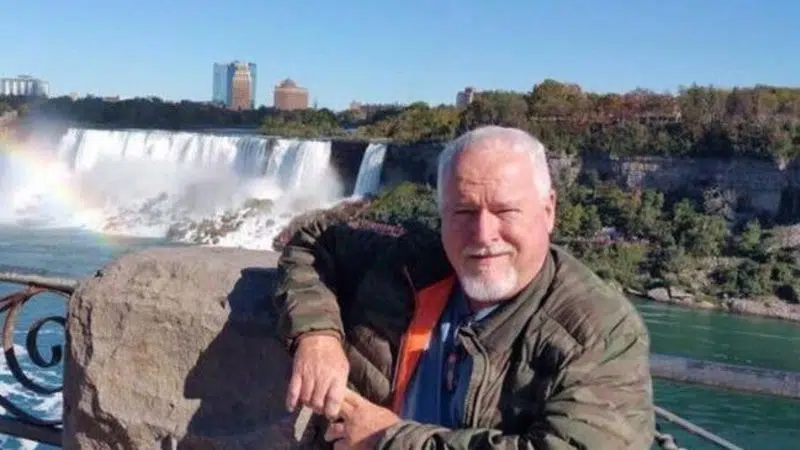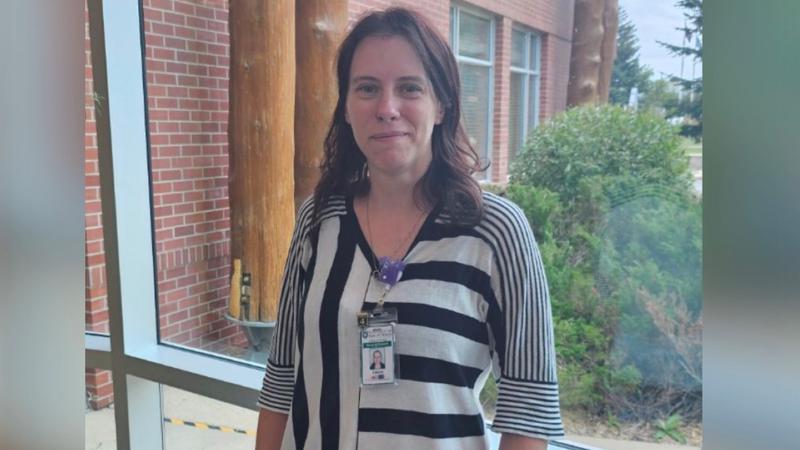
Bruce McArthur pleads guilty to eight counts of first-degree murder
TORONTO — A serial killer sexually assaulted many of his victims, all men from Toronto’s gay village, before murdering them and hiding their remains around a property where he worked as landscaper.
Bruce McArthur, 67, pleaded guilty Tuesday to first-degree murder in the deaths of eight men who went missing between 2010 and 2017.
“Mr. McArthur intended and caused all of their deaths,” said Crown attorney Michael Cantlon. “After he murdered the men, Mr. McArthur, in an effort to avoid detection, dismembered their bodies.”


